Optical Glass
Optical Glass Specifications
Selecting a glass material is important since different glass types have different characteristics. Edmund Optics® offers a wide variety of glass types which can be selected on the basis of the following characteristics.
The index of refraction and Abbe number of a glass are typically used by designers as degrees of freedom when designing systems. The index of refraction refers to the ratio of the speed of light in a vacuum to the speed of light through a given material at a given wavelength, while the Abbe number of a material quantifies the amount of dispersion (variations in index) for a specific spectral range. For instance, a higher index of refraction generally bends light more efficiently so there is less of a need of curvature in the lens. Spherical aberration is less present in lenses with higher indices of refraction, while light travels faster through materials with lower indices of refraction. A high Abbe number generally gives less color dispersion and reduces color aberration. Also, certain glass types have different transmission wavelength regions.
The density of a glass helps determine the weight of the optical assembly and, along with lens diameter, becomes critical for weight sensitive applications. When dealing with applications involving extreme temperatures and quick temperature differentials, a glass' coefficient of expansion also becomes a key factor. Opto-mechanical designers need to keep this in mind when designing optical assemblies.
Many glass manufacturers offer the same material characteristics under different trade names and most have modified their products and processes to be ECO-friendly (free of lead and arsenic).
| Table 1: Glass Material Equivalents | ||||
|---|---|---|---|---|
| Listed Glass Name | Glass Number | Schott Equivalent | Ohara Equivalent | CDGM Equivalent |
| N-BK7 | 517/642 | N-BK7 | S-BSL7 | H-K9L |
| N-K5 | 522/595 | N-K5 | – | H-K50 |
| N-PK51 | 529/770 | N-PK51 | – | – |
| N-SK11 | 564/608 | N-SK11 | S-BAL41 | H-BaK6 |
| N-BAK4 | 569/561 | N-BAK4 | S-BAL14 | H-BaK7 |
| N-BAK1 | 573/576 | N-BAK1 | S-BAL11 | H-BaK8 |
| N-SSK8 | 618/498 | N-SSK8 | S-BSM 28 | – |
| N-PSK53A | 618/634 | N-PSK53A | S-PHM52 | – |
| N-F2 | 620/364 | N-F2 | S-TIM 2 | H-F4 |
| S-BSM18 | 639/554 | – | S-BSM18 | H-ZK11 |
| N-SF2 | 648/338 | N-SF2 | S-TIM 22 | H-ZF1 |
| N-LAK22 | 651/559 | N-LAK22 | S-LAL54 | H-LaK10 |
| S-BAH11 | 667/483 | – | S-BAH 11 | H-ZBaF16 |
| N-BAF10 | 670/472 | N-BAF10 | S-BAH 10 | H-ZBaF52 |
| N-SF5 | 673/322 | N-SF5 | S-TIM 25 | H-ZF2 |
| N-SF8 | 689/312 | N-SF8 | S-TIM 28 | H-ZF10 |
| N-LAK14 | 697/554 | N-LAK14 | S-LAL14 | H-LAK51 |
| N-SF15 | 699/301 | N-SF15 | S-TIM35 | H-ZF11 |
| N-BASF64 | 704/394 | N-BASF64 | – | – |
| N-LAK8 | 713/538 | N-LAK8 | S-LAL8 | H-LAK7 |
| S-TIH18 | 722/293 | – | S-TIH18 | – |
| N-SF10 | 728/284 | N-SF10 | S-TIH10 | H-ZF4 |
| N-SF4 | 755/276 | N-SF4 | S-TIH4 | H-ZF6 |
| N-SF14 | 762/265 | N-SF14 | S-TIH14 | – |
| N-SF11 | 785/258 | N-SF11 | S-TIH11 | H-ZF13 |
| SF65A | 785/261 | SF65A | S-TIH23 | – |
| N-LASF45 | 800/350 | N-LASF45 | S-LAM66 | H-ZLaF66 |
| N-LASF44 | 803/464 | N-LASF44 | S-LAH65 | H-ZLaF50B |
| N-SF6 | 805/254 | N-SF6 | S-TIH 6 | H-ZF7LA |
| N-SF57 | 847/238 | N-SF57 | S-TIH53 | H-ZF52 |
| N-LASF9 | 850/322 | N-LASF9 | S-LAH71 | – |
| S-NPH2 | 923/189 | – | S-NPH2 | – |
| N-SF66 | 923/209 | N-SF66 | – | – |
Optical Glass Properties
Today, the quality and integrity of optical glass is a fundamental assumption made by optical designers. Nearly 125 years ago, Otto Schott began a revolution by systematically researching and developing glass compositions. His development work on composition and the production process took glass manufacturing from the realm of trial and error to its state today as a truly technical material. Now optical glass properties are predictable, reproducible and homogeneous - the essential prerequisites of a technical material. The fundamental properties that characterize optical glass are refractive index, dispersion, and transmission.
Refractive Index
Refractive Index is the ratio of the speed of light in a vacuum to the speed of light in the specified material - a description of how light slows down as it passes through an optical material. The refractive index for optical glasses, $ \small{n_d} $, is specified at a wavelength of 587.6nm (Helium d-line). Materials with a low index of refraction are commonly referred to as "crowns" whereas materials with a high index of refraction are referred to as "flints."
Dispersion
Dispersion is a description of the variation of the refractive index with wavelength. It is specified using the Abbe number, $ \small{v_d} $, defined as $ \frac{\small{ \left( n_d - 1 \right)}}{\left( n_F - n_C \right)} $ where $ \small{n_F} $ and $ \small{n_C} $ are the refractive indices at 486.1nm (Hydrogen F-line) and 656.3nm (Hydrogen C-line). A low Abbe number indicates high dispersion. Crown glasses tend to have lower dispersion than flints.
Transmission
Standard optical glasses offer high transmission throughout the entire visible spectrum and beyond in the near-ultraviolet and near-infrared ranges (Figure 1). Figure 1 shows internal transmission of 5mm thick substrates without Fresnel reflections. Transmission data was gathered using Edmund Optics’ spectrophotometers. Crown glasses tend to have better transmission in the NUV than do flint glasses. Flint glasses, because of their high index, feature higher Fresnel reflection loss and thus should always be specified with an anti-reflection (AR) coating.
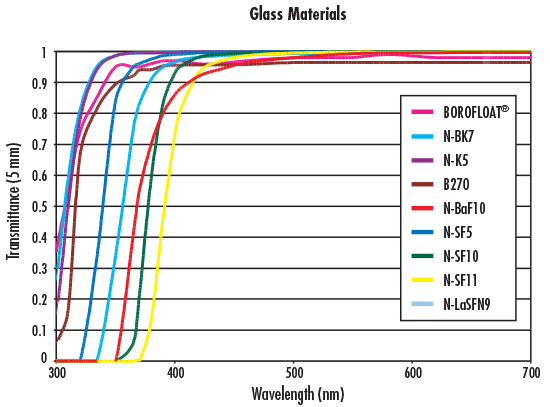
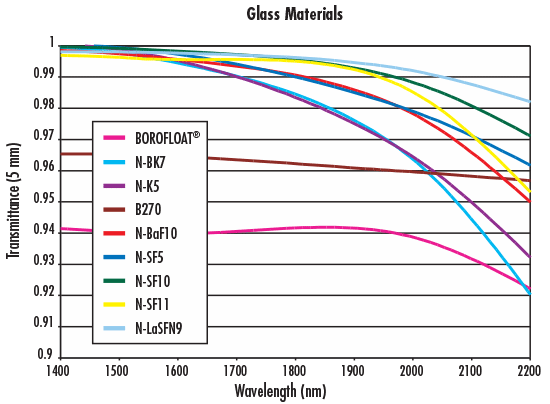
Figure 1: Sample Optical Glass Transmittance Curves
Additional Properties
When designing an optic that will be used in an extreme environment it is important to realize that each optical glass will have slightly different chemical, thermal, and mechanical properties. These properties can be found on the glass datasheet.
| Table 2: Essential Values for All Types of Glass | |||||
|---|---|---|---|---|---|
| Glass Name | Index of Refraction, $ \left( \small{n_d} \right) $ | Abbe Number, $ \left( \small{ v_d} \right) $ | Density $\left[ \small{ \tfrac{\text{g}}{\text{cm}^3}} \right] $ |
Coefficient of Thermal Expansion* | Max Operating Temp $\left( ^{\small{\text{o}}} \small{ \text{C}} \right) $ |
| CaF2 | 1.434 | 95.10 | 3.18 | 18.85 | 800 |
| Fused Silica | 1.458 | 67.80 | 2.20 | 0.55 | 1000 |
| Schott BOROFLOAT® | 1.472 | 65.70 | 2.20 | 3.25 | 450 |
| S-FSL5 | 1.487 | 70.20 | 2.46 | 9.00 | 457 |
| N-BK7 | 1.517 | 64.20 | 2.46 | 7.10 | 557 |
| N-K5 | 1.522 | 59.50 | 2.59 | 8.20 | 546 |
| B270/S1 | 1.523 | 58.50 | 2.55 | 8.20 | 533 |
| Schott ZERODUR® | 1.542 | 56.20 | 2.53 | 0.05 | 600 |
| N-SK11 | 1.564 | 60.80 | 3.08 | 6.50 | 604 |
| N-BAK4 | 1.569 | 56.10 | 3.10 | 7.00 | 555 |
| N-BaK1 | 1.573 | 57.55 | 3.19 | 7.60 | 592 |
| L-BAL35 | 1.589 | 61.15 | 2.82 | 6.60 | 489 |
| N-SK14 | 1.603 | 60.60 | 3.44 | 7.30 | 649 |
| N-SSK8 | 1.618 | 49.80 | 3.33 | 7.10 | 598 |
| N-F2 | 1.620 | 36.40 | 3.61 | 8.20 | 432 |
| BaSF1 | 1.626 | 38.96 | 3.66 | 8.50 | 493 |
| N-SF2 | 1.648 | 33.90 | 3.86 | 8.40 | 441 |
| N-LAK22 | 1.651 | 55.89 | 3.73 | 6.60 | 689 |
| S-BaH11 | 1.667 | 48.30 | 3.76 | 6.80 | 575 |
| N-BAF10 | 1.670 | 47.20 | 3.76 | 6.80 | 580 |
| N-SF5 | 1.673 | 32.30 | 4.07 | 8.20 | 425 |
| N-SF8 | 1.689 | 31.20 | 4.22 | 8.20 | 422 |
| N-LAK14 | 1.697 | 55.41 | 3.63 | 5.50 | 661 |
| N-SF15 | 1.699 | 30.20 | 2.92 | 8.04 | 580 |
| N-BASF64 | 1.704 | 39.38 | 3.20 | 9.28 | 582 |
| N-LAK8 | 1.713 | 53.83 | 3.75 | 5.60 | 643 |
| N-SF18 | 1.722 | 29.30 | 4.49 | 8.10 | 422 |
| N-SF10 | 1.728 | 28.40 | 3.05 | 7.50 | 454 |
| S-TIH13 | 1.741 | 27.80 | 3.10 | 8.30 | 573 |
| N-SF14 | 1.762 | 26.50 | 4.54 | 6.60 | 478 |
| Sapphire** | 1.768 | 72.20 | 3.97 | 5.30 | 2000 |
| N-SF11 | 1.785 | 25.80 | 5.41 | 6.20 | 503 |
| N-SF56 | 1.785 | 26.10 | 3.28 | 8.70 | 592 |
| N-LASF44 | 1.803 | 46.40 | 4.46 | 6.20 | 666 |
| N-SF6 | 1.805 | 25.39 | 3.37 | 9.00 | 605 |
| N-SF57 | 1.847 | 23.80 | 5.51 | 8.30 | 414 |
| N-LASF9 | 1.850 | 32.20 | 4.44 | 7.40 | 698 |
| N-SF66 | 1.923 | 20.88 | 4.00 | 5.90 | 710 |
| S-LAH79 | 2.003 | 28.30 | 5.23 | 6.00 | 699 |
| ZnSe | 2.403 | N/A | 5.27 | 7.10 | 250 |
| Silicon | 3.422 | N/A | 2.33 | 2.55 | 1500 |
| Germanium | 4.003 | N/A | 5.33 | 6.10 | 100 |
* $ \tfrac{10^{-6}}{\small{^{\text{o}}} \text{C}} $
**Sapphire is a birefringent material. All specifications correspond to parallel to C-Axis.
Optical Glass Selection
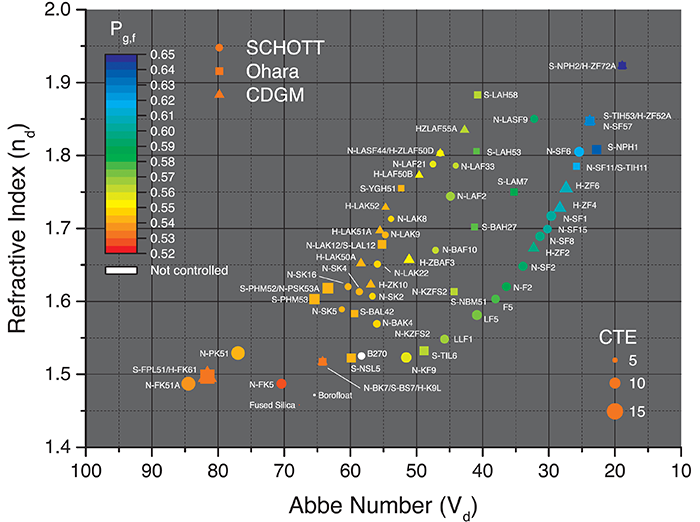
Figure 2: EO Abbe diagram with Coefficient of Thermal Expansion and Relative Partial Dispersion
Optical systems have to be optimized for a total set of functional characteristics. Geometrical and color-induced aberrations can be compensated only by the use of more than one glass type. In most cases three or more glass types are used. The requirements on optical systems for different applications cover a range so wide that they cannot be met with just a small set of glass types. So a wide range of glass types has been developed. Traditionally they are shown in the refractive index versus dispersion diagram - the Abbe diagram.
The Abbe diagram, first introduced by SCHOTT in 1923, is a long-established survey of the optical glass program. Glass types are given in a two-dimensional coordinate system with the Abbe number $ \small{ \left(v_d \right) } $ as x-axis and the refractive index $ \small{ \left(n_d \right) } $ as y-axis. The x-axis is in reversed direction with numbers increasing to the left side (Figure 2).
In the Abbe diagram, glass materials are divided into type denominations like BK, SK, F, SF, etc. These "glass families" correspond to the regions in the Abbe diagram defined by the blue lines. There is a major line that separates crown glass types (last letter "K" from German "Kron" for crown) from flint glass types (last letter "F"). This line starts upwards from the bottom at Abbe number 55, steps aside at refractive index 1.60 to Abbe number 50, and continues upwards to the top.
The leading letters in the glass name characterize an important chemical element used in the glass type: F - Fluorine, P – Phosphorus, B – Boron, BA – Barium, LA – Lanthanum. Deviating from this rule are the glass types from the crown - flint series, which progresses from K ("Kron") to KF ("Kronflint" – crownflint) to flints of increasing lead content and hence density: LLF ("Very light flint"), LF ("Light flint"), F ("flint"), and SF ("Schwerflint" – heavy flint). Another deviation is the SK and SSK glass types: SK ("heavy crown") and SSK ("heaviest crown"). LAK, LAF and LASF mean Lanthanum crown, flint and dense flint glass types, respectively.













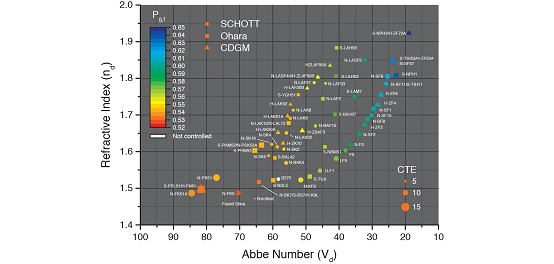
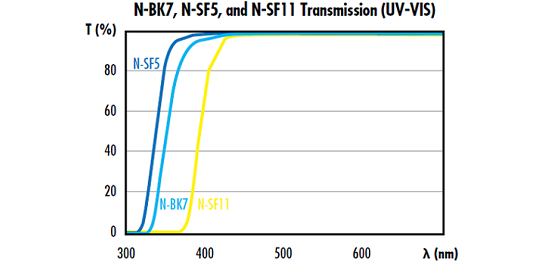
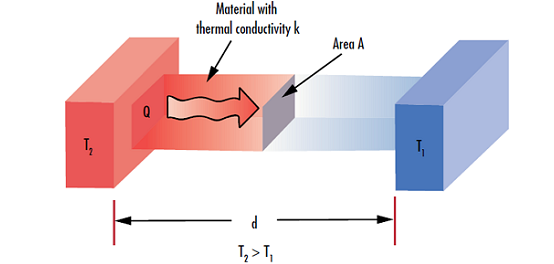
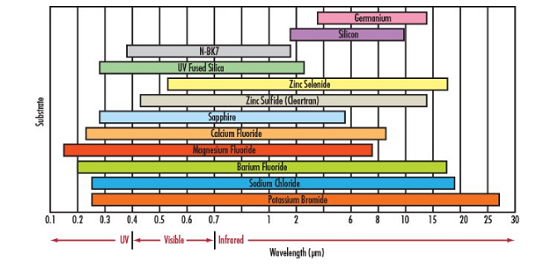
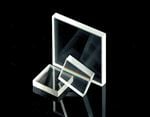
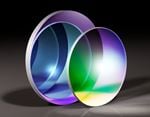
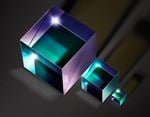

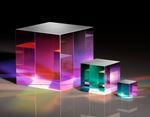
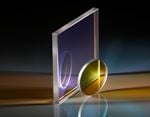

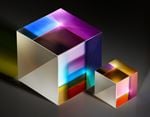
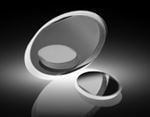
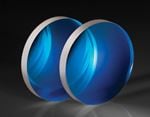
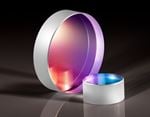
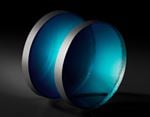
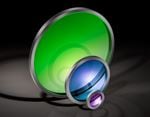
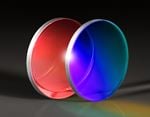
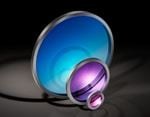
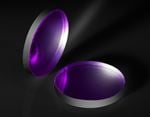
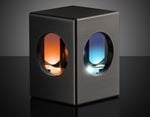
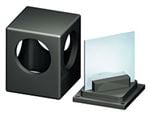
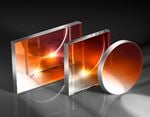
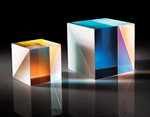
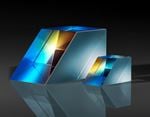
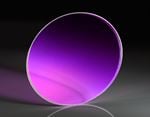
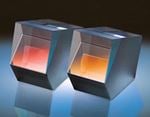
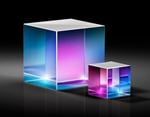
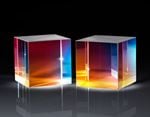
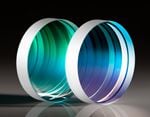
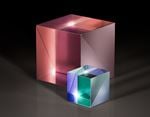
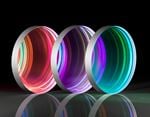
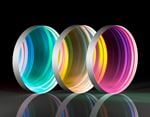
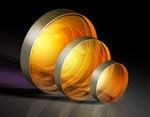
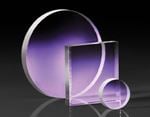
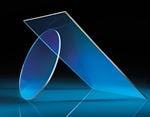
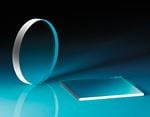

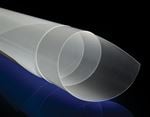
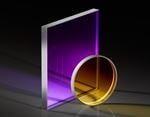
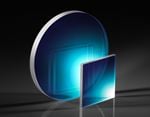
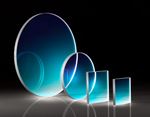
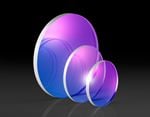
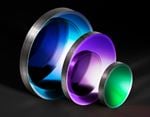
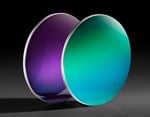
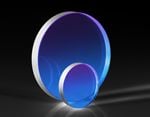
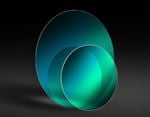
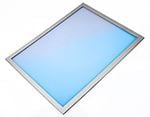
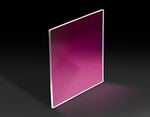
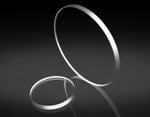
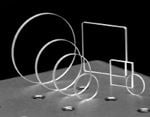
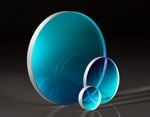
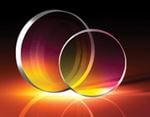
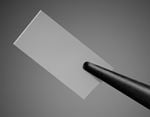
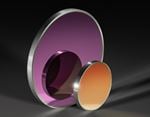
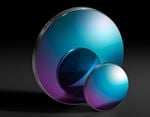
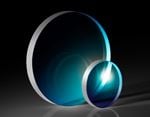
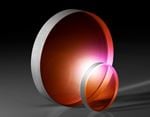
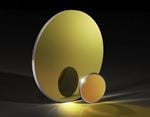
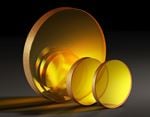
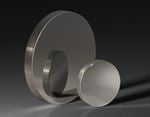
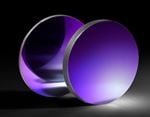

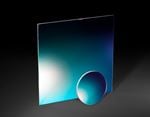
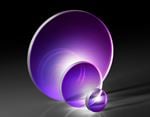
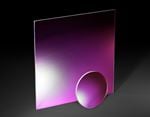
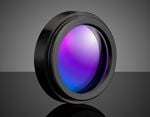
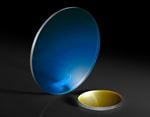
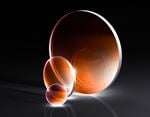
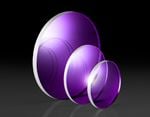
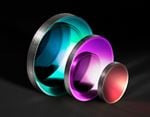
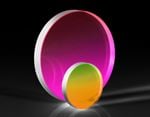
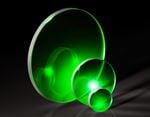
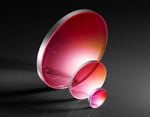
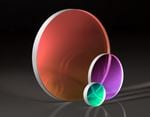

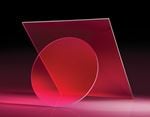
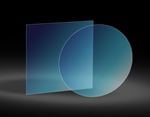
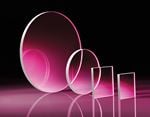
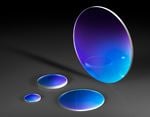
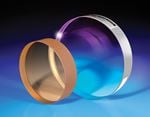
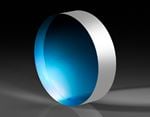
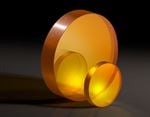
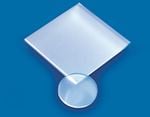
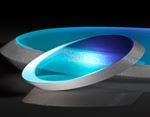
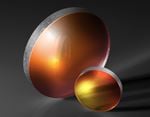
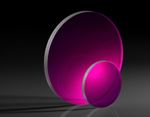
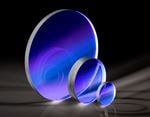
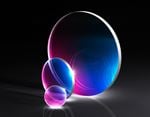
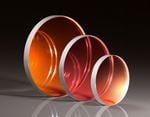
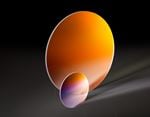
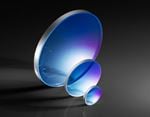
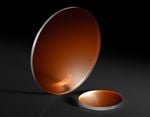
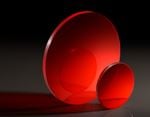
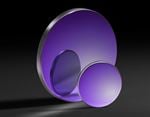
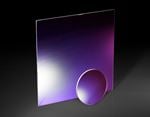
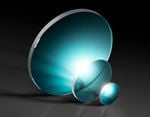
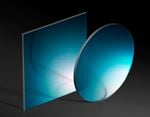
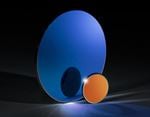
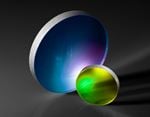
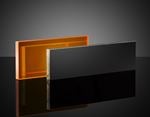
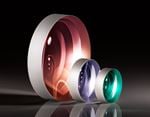
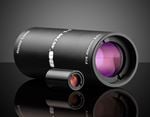
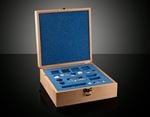
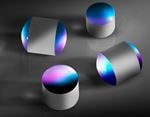
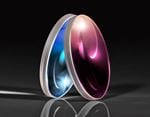
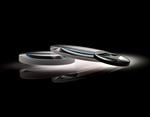
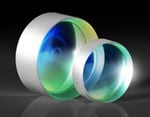
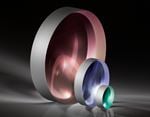
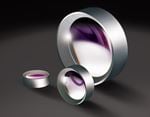
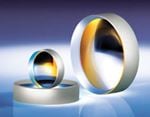
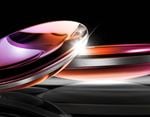
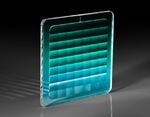
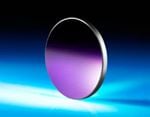
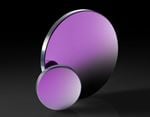
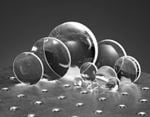
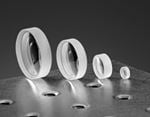
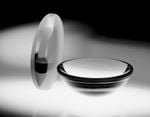
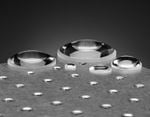
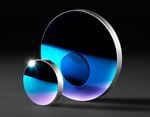
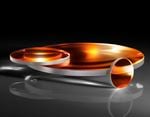
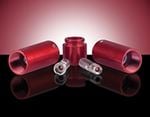
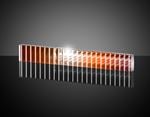
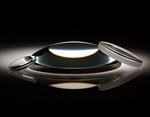
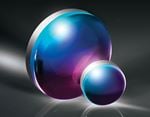
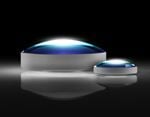
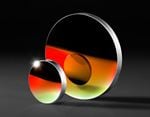
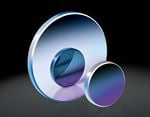
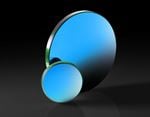
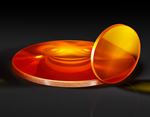
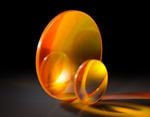
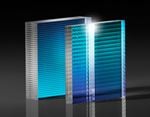
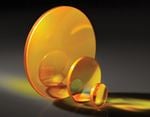
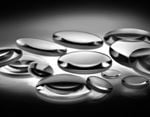
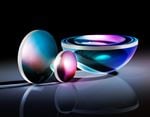
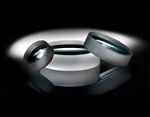
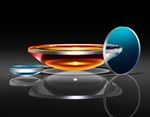
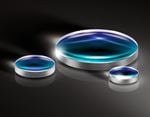

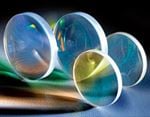
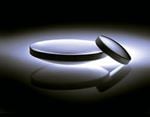
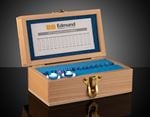
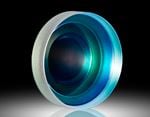
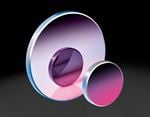
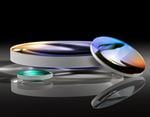
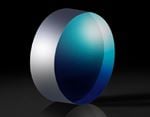
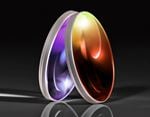
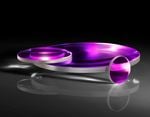
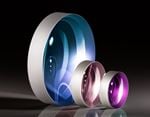
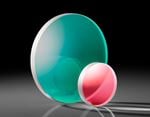
or view regional numbers
QUOTE TOOL
enter stock numbers to begin
Copyright 2023 | Edmund Optics, Ltd Unit 1, Opus Avenue, Nether Poppleton, York, YO26 6BL, UK
California Consumer Privacy Act (CCPA): Do Not Sell or Share My Personal Information
California Transparency in Supply Chains Act